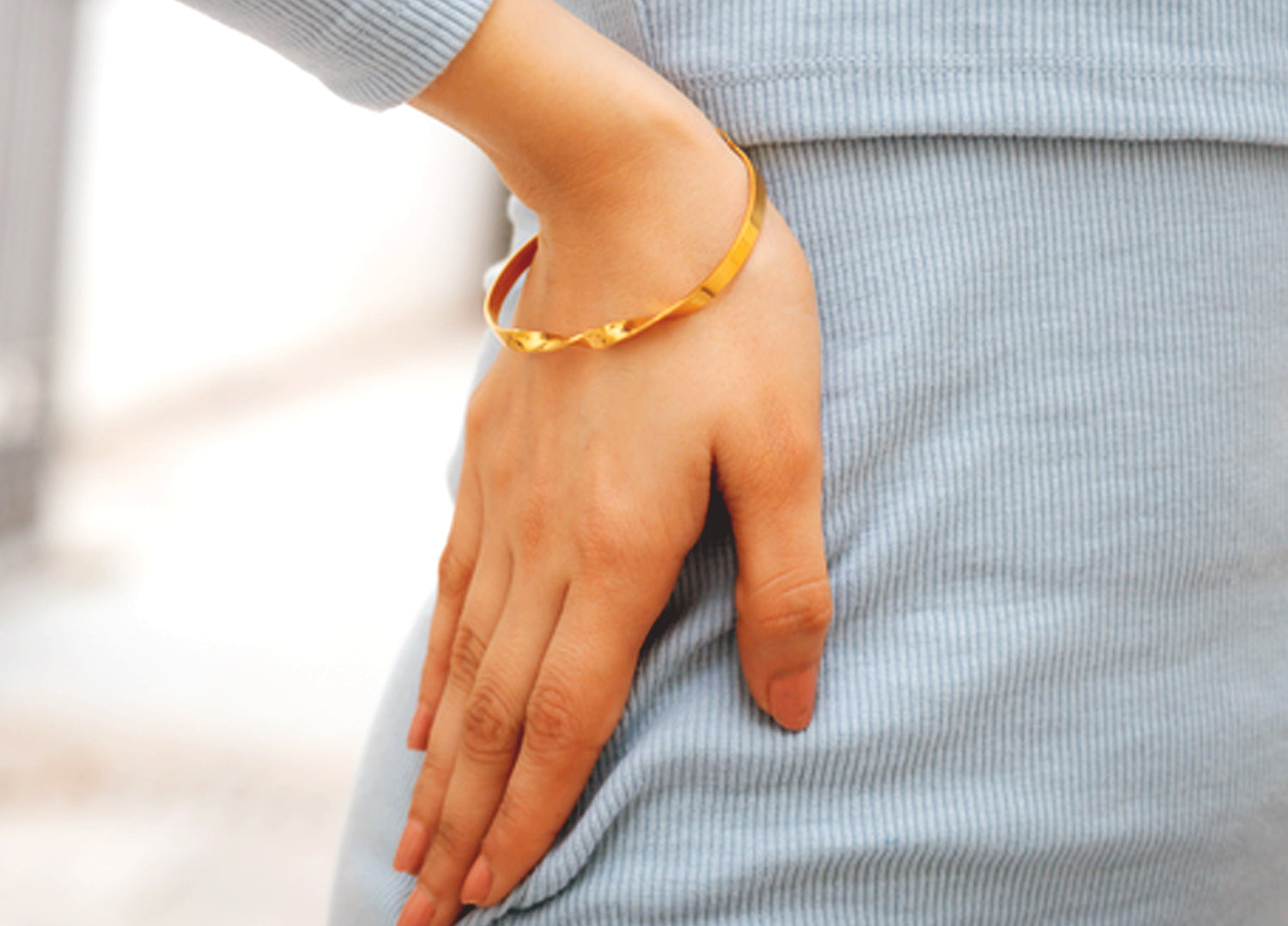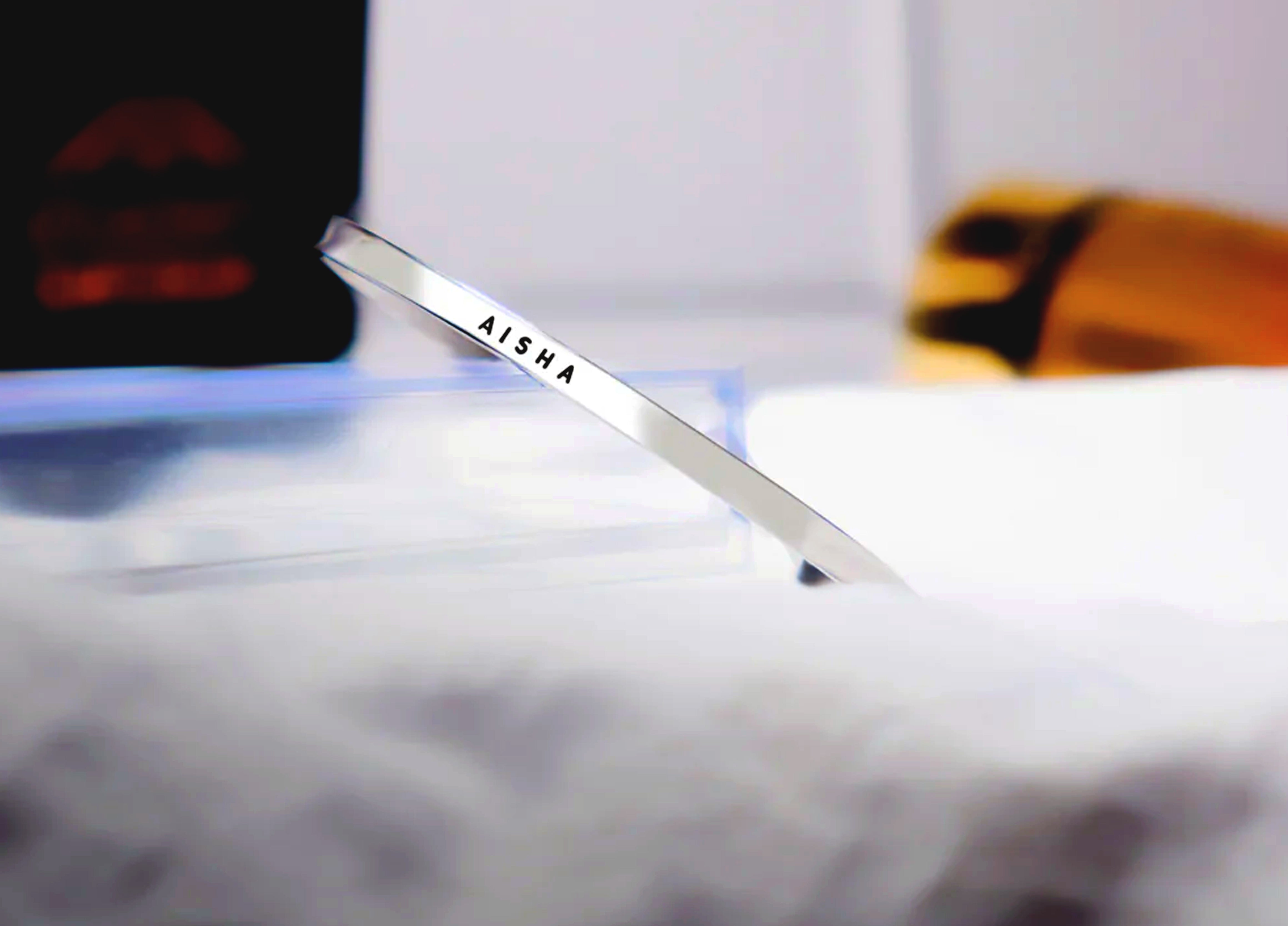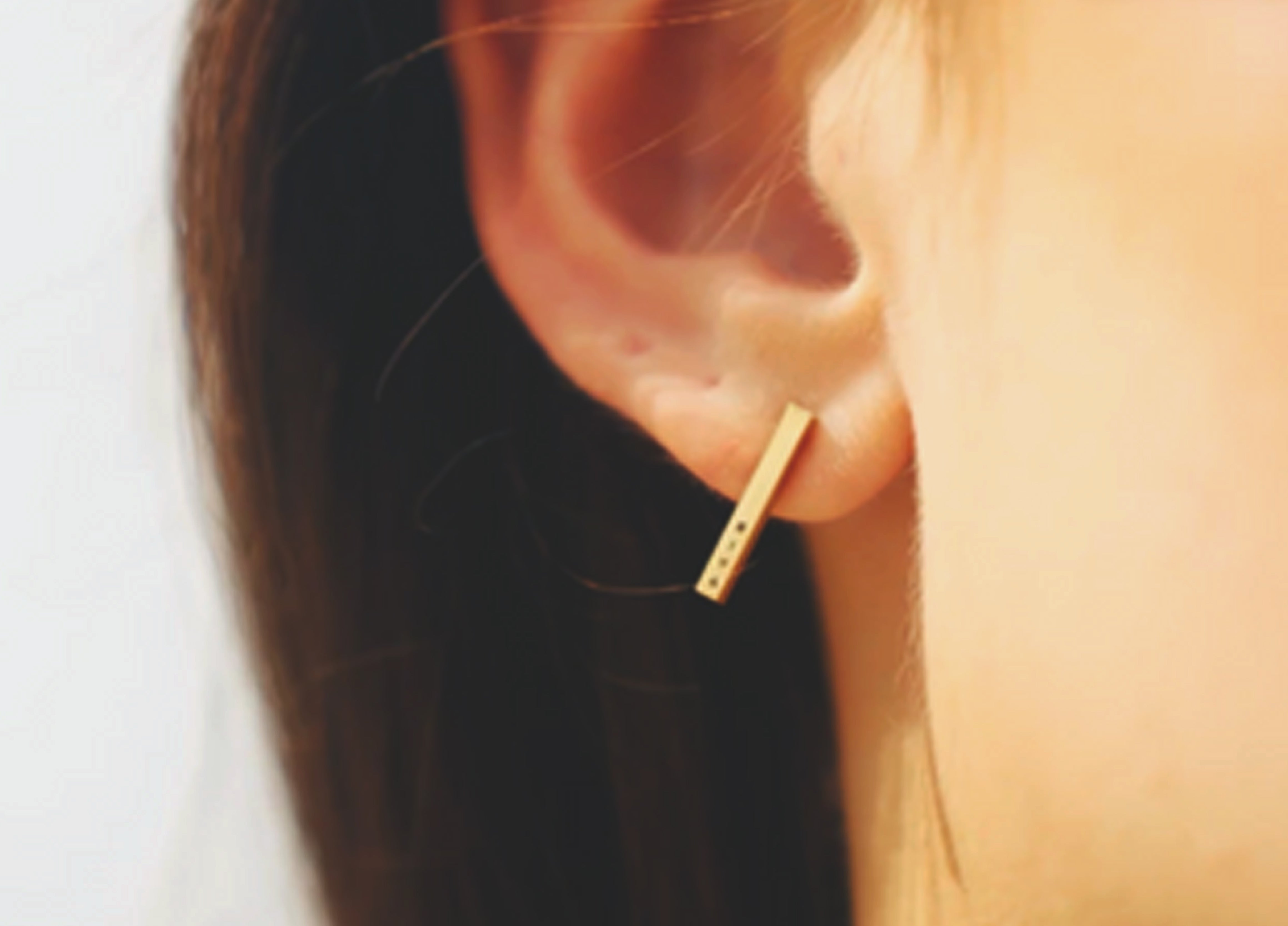Bridal jewellery have been the central feature of wedding culture across cultures over centuries, symbolizing not beauty and prosperity but also tested cultural values, social status, and individuality. Over centuries, this sort of embellishment has travelled quite a distance as a result of changing trends of fashion, phases of economy, technological developments, and shifting standards of society. What was once a display of inherited wealth and cultural symbolism is now a more individualized expression of a bride's style and uniqueness.
Traditionally, bridal jewellery has been lavish and elaborate, made from precious metals and stones to represent family heritage and social status. In many cultures, items like heavy gold necklaces, ornate headpieces, and symbolic bangles were passed down through generations as heirlooms. Such jewellery was not merely an accessory it carried emotional and spiritual significance, thought to ward off blessings, fortune, and protection.
Today, bridal jewellery has combined modern design with traditional styles. Minimalist designs, eco-friendly materials, and personalizable pieces with clients' own history and values have become the norm for brides. International fashion and destination weddings combined with social media have created bridal jewellery, which is becoming increasingly varied, to suit the very varied needs of brides today.
This transformation from historic showiness to a new age of elegance is not just a matter of changing fashion, but also implies a fundamental shift in how women perceive marriage, tradition, and self-registration. In its metamorphosis to meet the needs of a newly invigorated time, bridal jewellery carries everlasting connotations of love, persona, and culture.
The History of Bridal Jewellery
Wedding jewellery has long been filled with profound cultural and emotional meaning. In the ancient civilizations of Egypt, Greece, and India, bridal jewellery was not only a sign of beauty and wealth but also of religious and family grace. Gold was the metal of choice, signifying purity and prosperity. From delicate headpieces to dramatic necklaces, jewellery was as much a tradition as an adornment.
Traditional Styles and Symbolism
For centuries, bridal jewellery remained true to orthodox traditions. In India, brides wore Kundan, Polki, and Meenakari. In the western world, pearl necklaces and diamond rings were the favourite designs for a wedding. They have been passed down generations so that they carry emotional value and keep family traditions alive.
The Influence of Fashion Trends
It was the 20th century that turned the tables. While bridal jewellery underwent changes with the fashion, the flamboyant 1920s ushered in the Art Deco era of geometry and bright colours. Post the 60s, minimalist through bohemian styles took over from the heavy traditional jewellery. Contemporary brides started to prefer unique expressions over tradition and settled for jewellery that resonated with them, their essence, and persona.
The Customization Factor
Customization is the newest trend for bridal jewellery. The brides are moving away from designs that are mass-produced to those that carry special meaning. Custom silver bracelets are trending and are appealing being lightweight, stylish, and easy to layer. Many of these designs include engraving dates, initials, or symbols of significance to the couple.
An emerging trend is the name bracelets for women. The bride can have anything from her new last name to the pet name from the groom or simply her first name in an elegant script on these bracelets-a truly personal item to wear on her big day.
Metal Mixing and Modern Materials
Contemporary bridal jewellery is not limited to the use of gold or diamond alone. Silver, platinum, rose gold, and even titanium is making their way into wedding set designs. Mixed-metal designs are trendy and adaptable for long-term wear post-wedding. Couples wanting to be eco-friendly are also opting for sustainable or lab-grown gemstones.
Global Influences and Fusion Trends
Global fashion at our doorsteps, fusion bridal jewellery is the latest trend. Western brides are now sporting South Asian maang tikka or jhumkas, whereas Eastern brides use Western-inspired tiaras or solitaire rings. This fusing of cultures has opened up the scope of imagination and revolutionized what "bridal" is all about.
Bridal jewellery has evolved a great distance from its traditionally strict origins. Although the emotional and symbolic value is still present, the manner in which brides approach their jewellery has changed radically. The bride today wants more than heirloom items or fixed designs she wants meaning, personality, and versatility.
The increase in custom-made items such as customized silver bracelets and women's name bracelets emphasizes the shift. These are not merely lovely things; they have a narrative. They represent identity, commitment, and imagination. An example is a womens name bracelet that holds not only the bride's name but her journey, her new start, or even something special in memory of someone.
As wedding fashion trends change, bridal jewellery is shifting away from being about conforming to a norm and towards being about celebrating self. Whether that's done through blending cultures, choosing eco-friendly options, or simply stamping a love note on a delicate chain, brides are turning to jewellery as a canvas upon which to display what makes them, them.
In the years ahead, we will see even more innovation in technology, style, and materials—maybe 3D-printed gems or augmented-reality settings. But this one thing won't change: bridal jewellery will always be a treasured chapter in a bride's history, evolving to fit her needs, desires, and aspirations. From gold chains to silver name tags, the saga of bridal beauty goes on gracefully, emotionally, and with boundless possibilities.
Contemporary brides are all about individuality, and this is evident from what they wear as accessories. Items such as personalized silver bracelets and women's name bracelets have become indispensable parts of modern-day bridal trousseaux. They are not merely ornamental; they are laden with meaning. A bracelet with the name of a bride, the date she got married, or a personal motto imparts emotional significance to her appearance and makes for a lifelong memory.
The new trend is that brides are going for non-classical materials, styles jointly done even with technology. From the mixture of metals, then joining cross cultures, or just simply going for minimal versatile pieces-brides are now expressing creativity through their bridal ornaments which are an extension of themselves.




Leave a comment
All comments are moderated before being published.
This site is protected by hCaptcha and the hCaptcha Privacy Policy and Terms of Service apply.